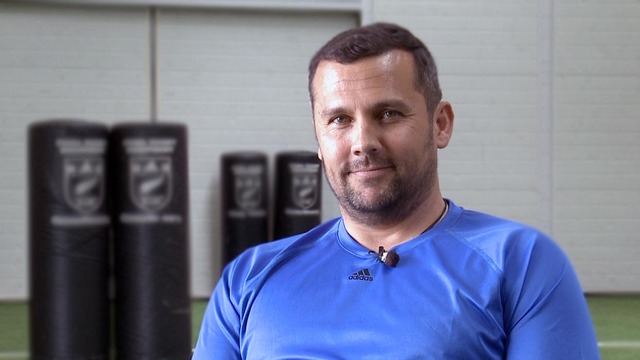Is the goal-line drop-out more important than the 50/22?
On August 1 2021, some important new law trials related to the kicking game were introduced by World Rugby. They are currently being implemented in the Rugby Championship involving South Africa, New Zealand, Australia and Argentina.
It is the so-called 50/22 rule which has received the most attention from the rugby public. If the team in possession kicks the ball from inside their own half into touch inside their opponents’ 22 (with the ball bouncing in the field-of-play before crossing the side-line), they get the throw into the next lineout. The ball cannot be passed or carried back into the defensive half for the 50/22 to be played.
The second rule has flown under the radar, but may yet prove to be the more influential of the two laws. Here it is:
Goal line drop-out
If the ball is held up in in-goal, there is a knock-on from an attacking player in in-goal or an attacking kick is grounded by the defenders in their own in-goal, then play restarts with a goal line drop-out anywhere along the goal line.
Why?
To encourage variety in attacking play close to the goal line and to increase ball in play time by replacing a scrum with a kick that must be taken without delay. An opportunity for counter attack is also created.
Law 12 (restart kicks section)
Play is restarted with a goal line drop-out when:
* The ball is played or taken into in-goal by an attacking player and is held up by an opponent.
* An attacking kick, other than a kick-off, restart kick following a score, drop goal or penalty attempt, is grounded, or made dead by the defending team in their own in-goal.
* An attacking player knocks on in the opponents’ in-goal.
Particularly in grounds with large in-goal areas – like Murrayfield, the home of Scottish rugby – there is every possibility that this new law could become an important factor in the game.
Restarting the game from underneath your own posts makes a huge territorial difference, compared to a drop-out from your own 22 metre line. In the recent third match of the Bledisloe Cup series between Australia and New Zealand, there were no examples of the 50/22 kick, but two vital sequences involving the goal-line drop-out rule.
The first occurred just after half-time:
The New Zealand right wing Will Jordan kicks the ball long, all the way into the Australian in-goal area. Under the old laws, there is little doubt that Wallaby full-back Tom Banks would simply have dotted the ball down for a 22 drop-out, but the shadow of a goal-line restart changes the decision-making process at a fundamental level.
Banks ends up trapped somewhere between the two choices of a clearance kick to touch, and running the ball out of his own ‘end zone’:
He opts to run, but in a situation where risk heavily outweighs reward. The outcome is a handling error only 10 metres out from the Australian line.
Why did the Wallaby full-back not simply touch the ball down and accept the goal-line drop-out? The answer came in the 54th minute of the game:
The All Blacks back-row forward Ethan Blackadder receives the ball, and is able to set up the first ruck only 27 metres from the Australian goal-line. The compression of the field sets some immediate problems for the defence:
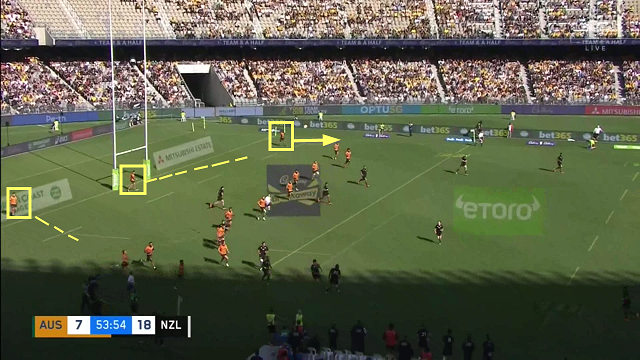
The kicker (Australia number 10 Noah Lolesio) has to run all the way from the right of the posts to a spot on the left side of the backfield, while left wing Marika Koroibete will find it difficult to cut off the wide play from a start behind the goal-line.
The difficulty for the defence, of getting into shape quickly enough in only 20-25 metres of space, was highlighted on the kick return:
There are not one, but two bounce passes as the ball is shifted sloppily out to the right wing by New Zealand. Nonetheless, both Koroibete and Lolesio are still late into position, and that gives the All Blacks a winnable one-on-one contest between their big flanker Akira Ioane and the Wallaby wingman:
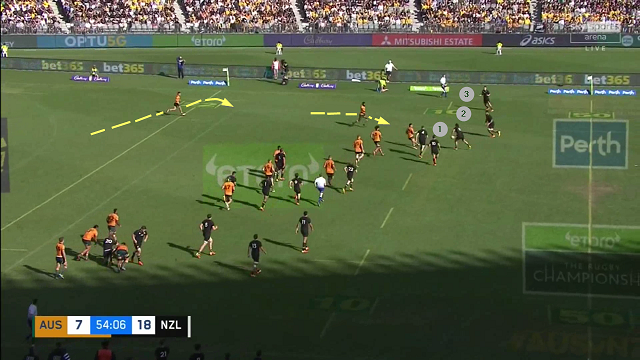
Once Koroibete is beaten, Lolesio is too far away to help and the play dissolves to straightforward two-on-one, with Ioane delivering the scoring pass to Jordan:
The new law trials certainly give some food for thought, but maybe the balance between the 50/22 and the goal-line drop-out is not the same as originally envisaged. The potential for confused decision-making near the goal-line by the defence, and for inviting kick returns from the restart are both very real. The in-goal may become soon become very much a ‘live’ zone on the field, not a ‘dead ball’ area at all!
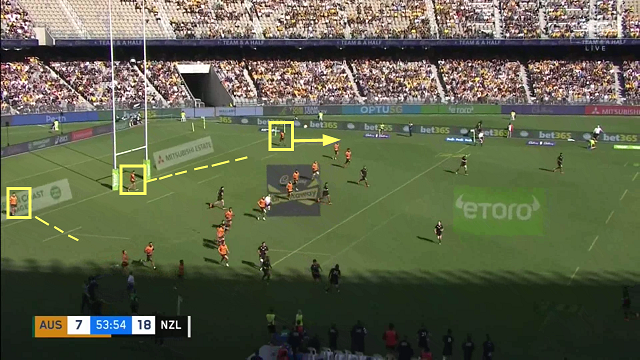
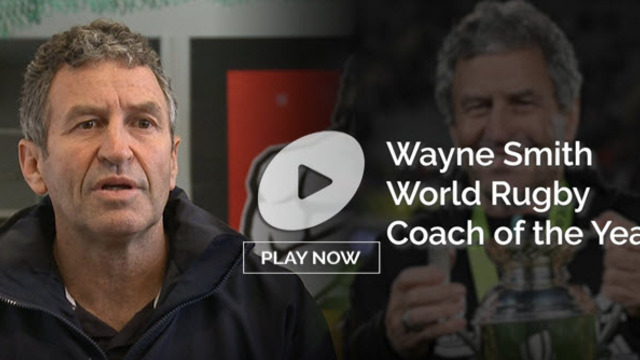


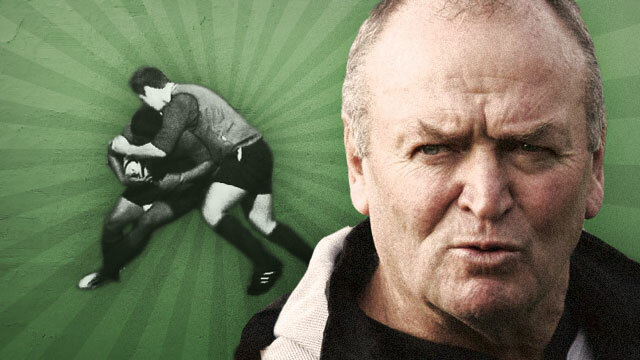
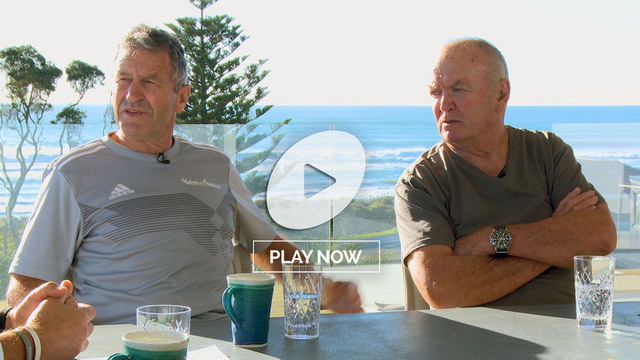
.jpg)
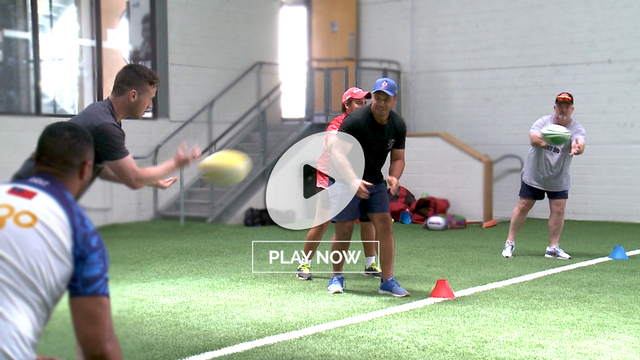
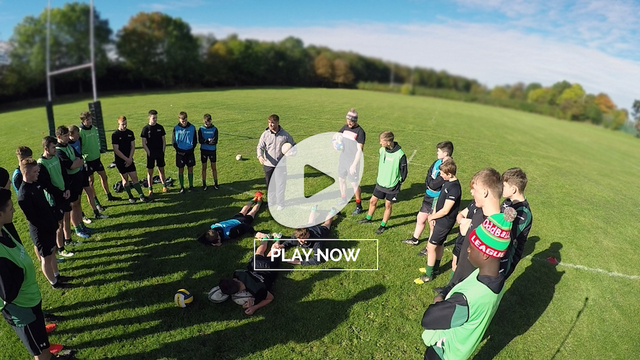
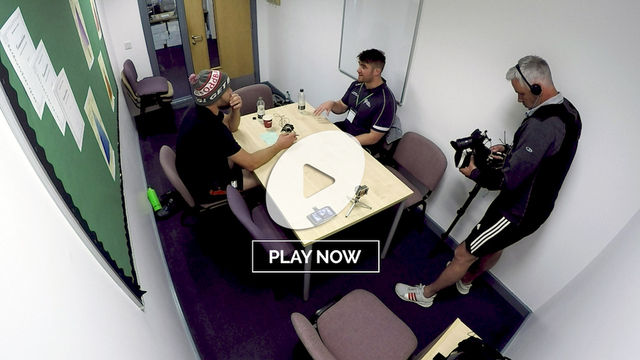

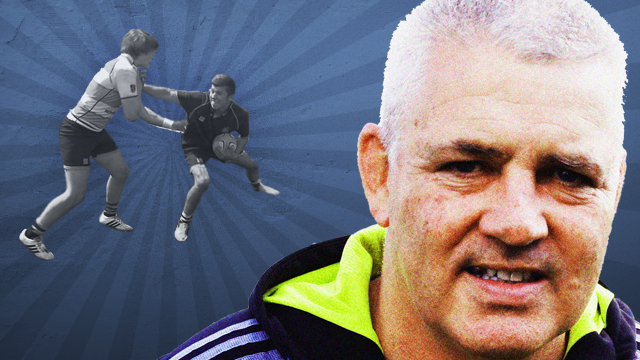
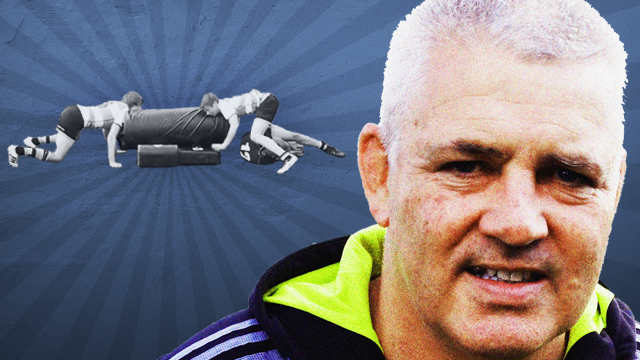
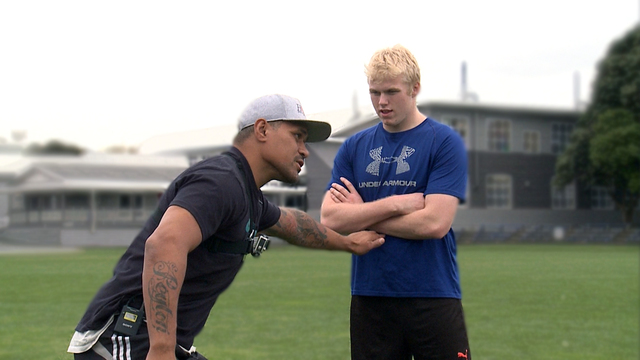

.jpg)



